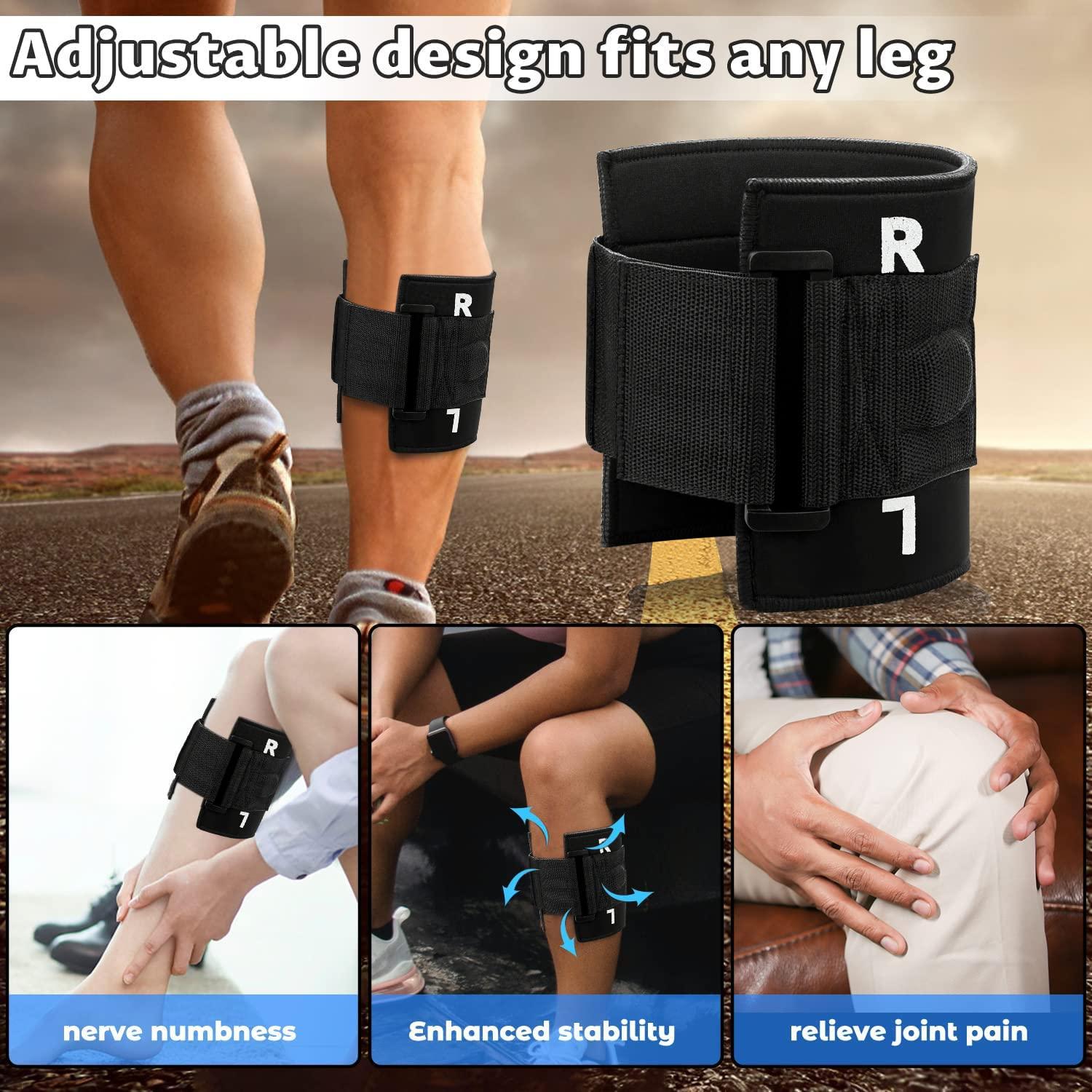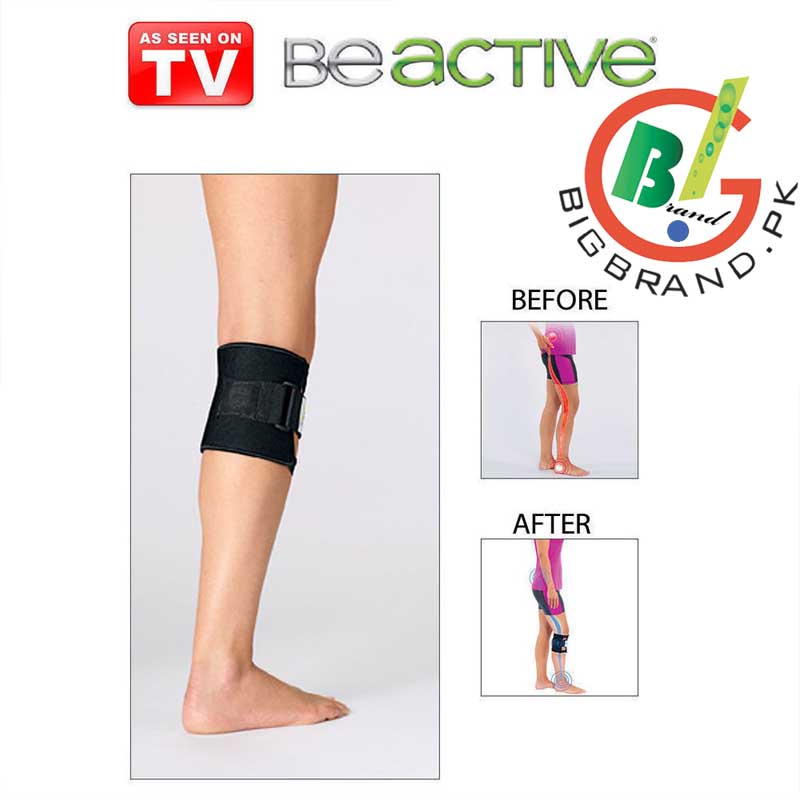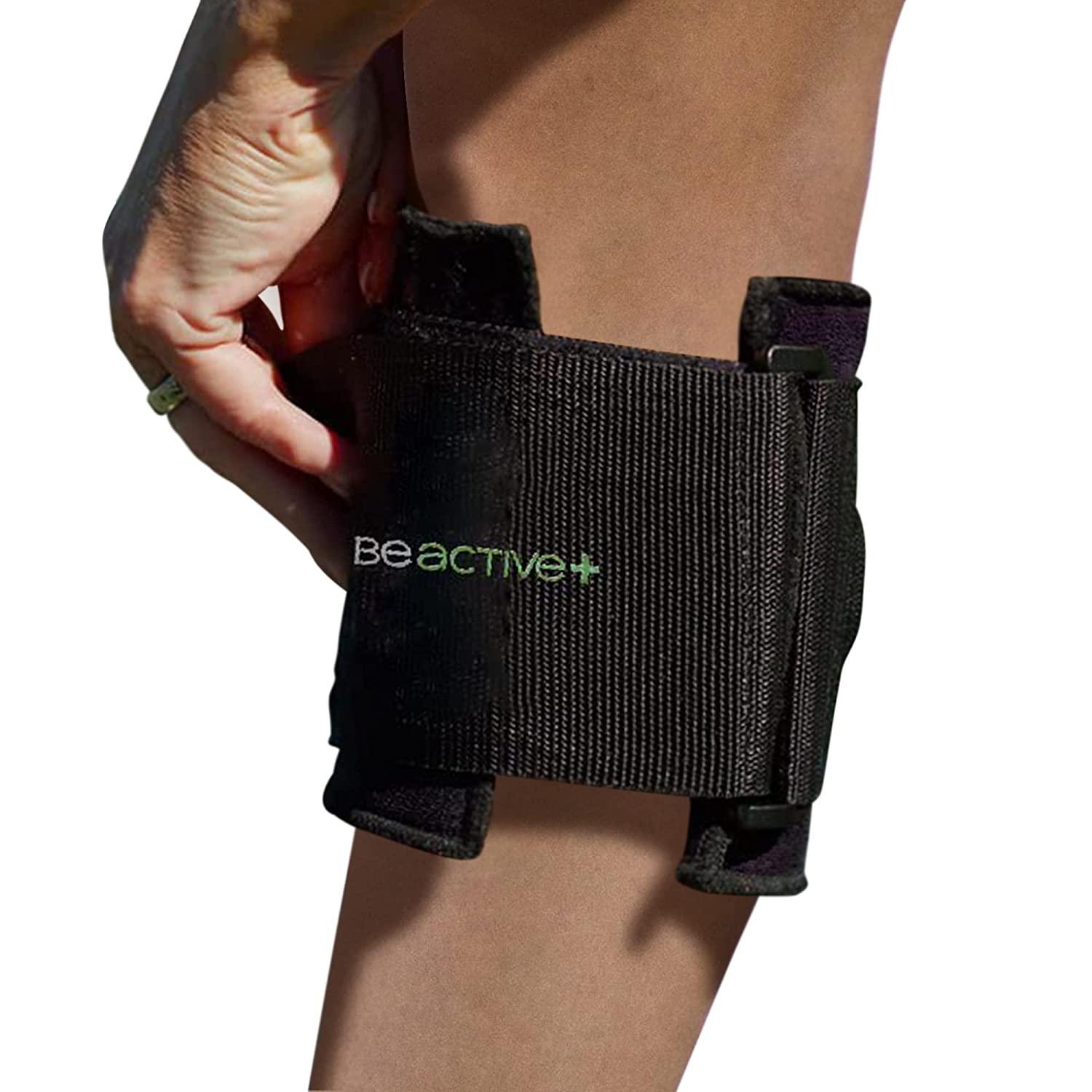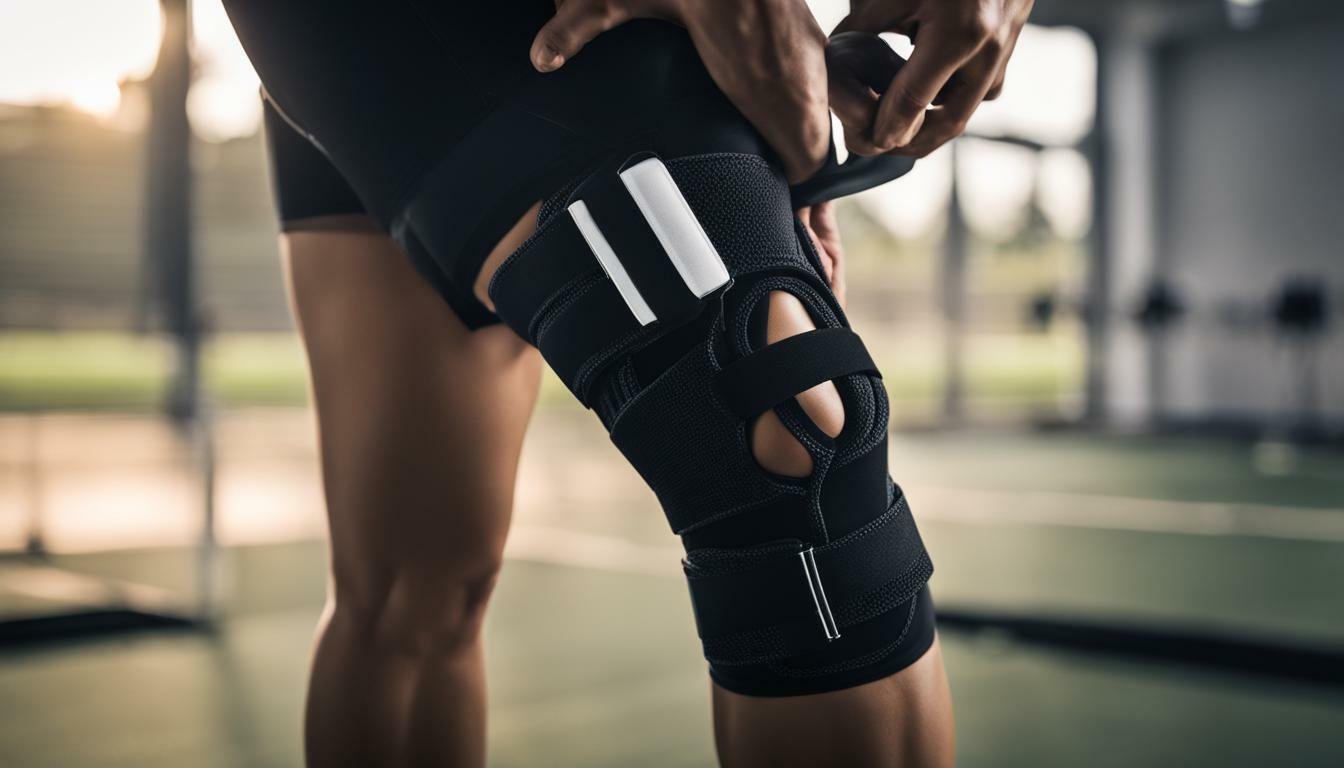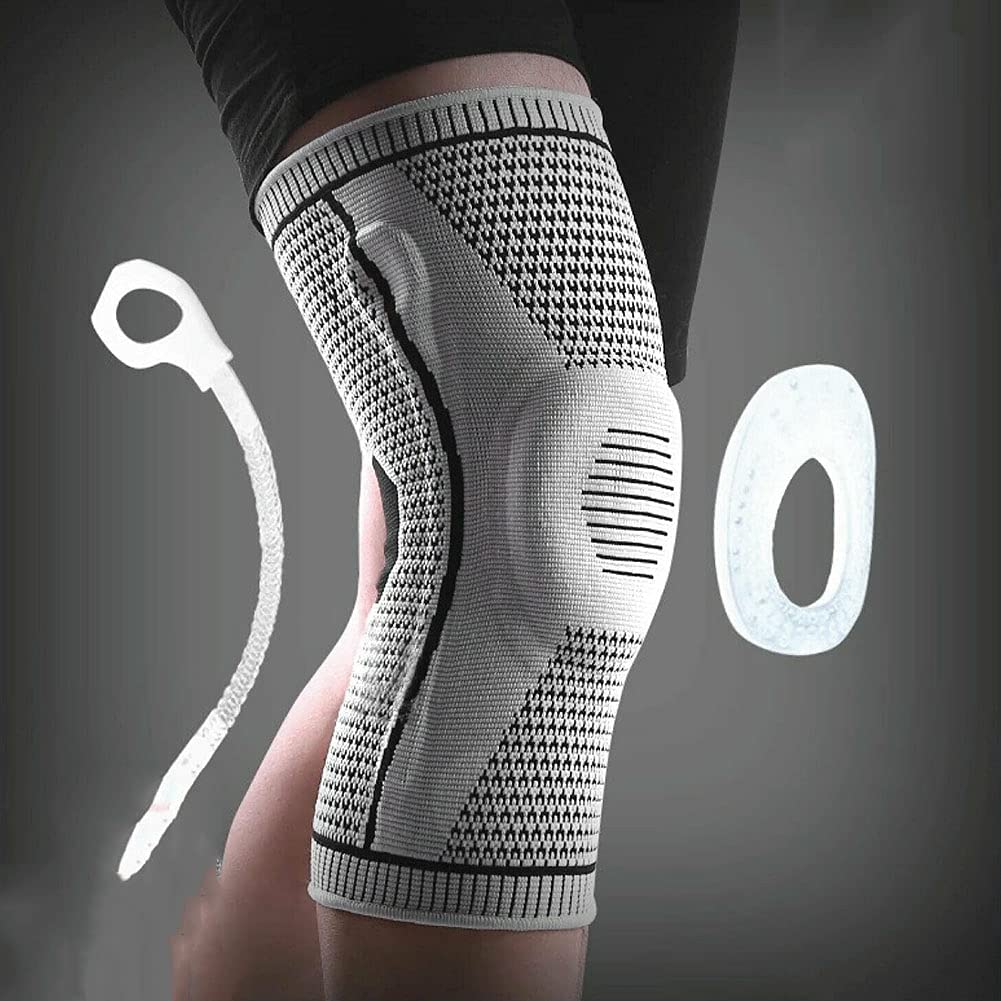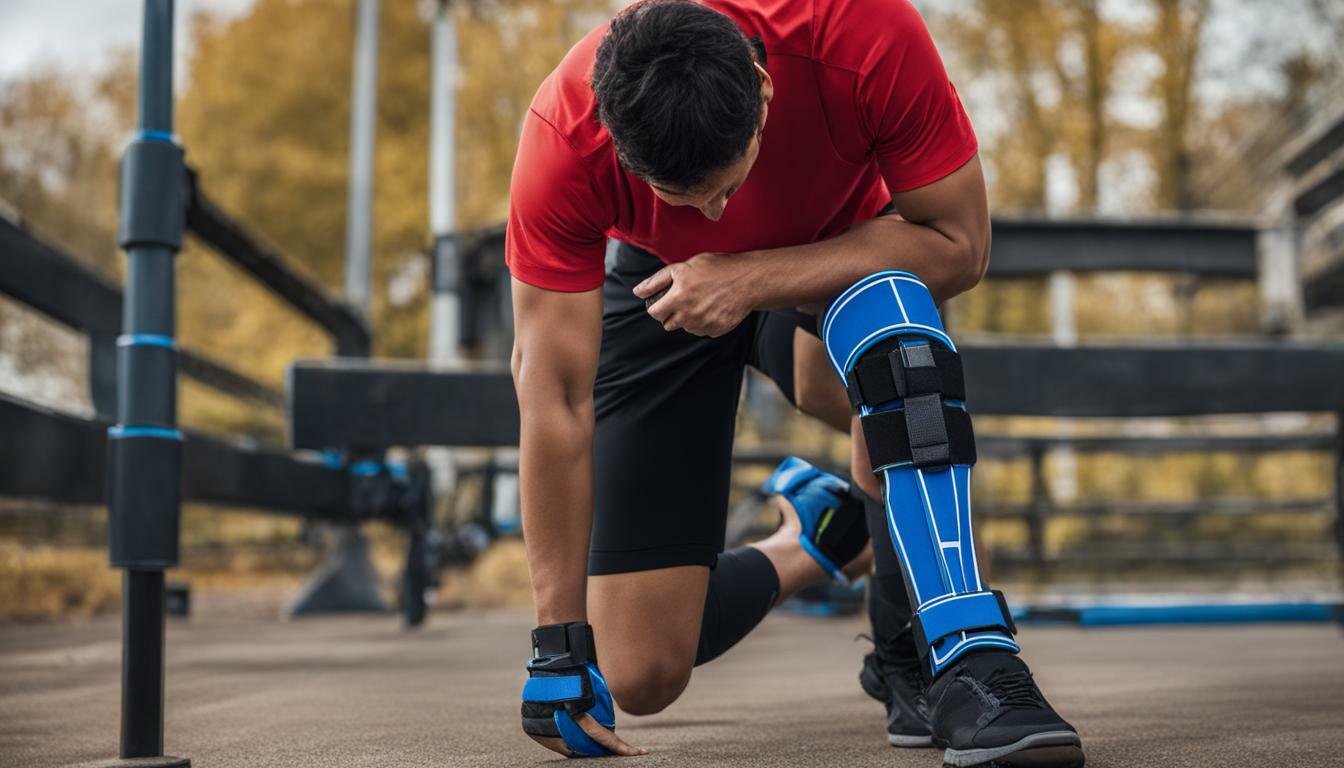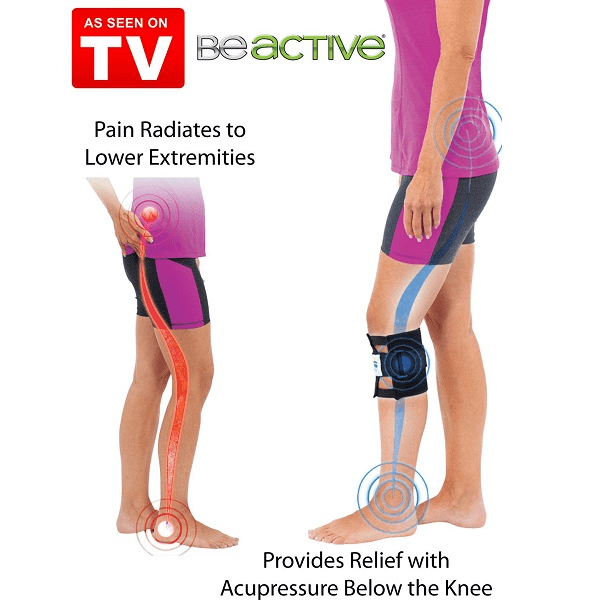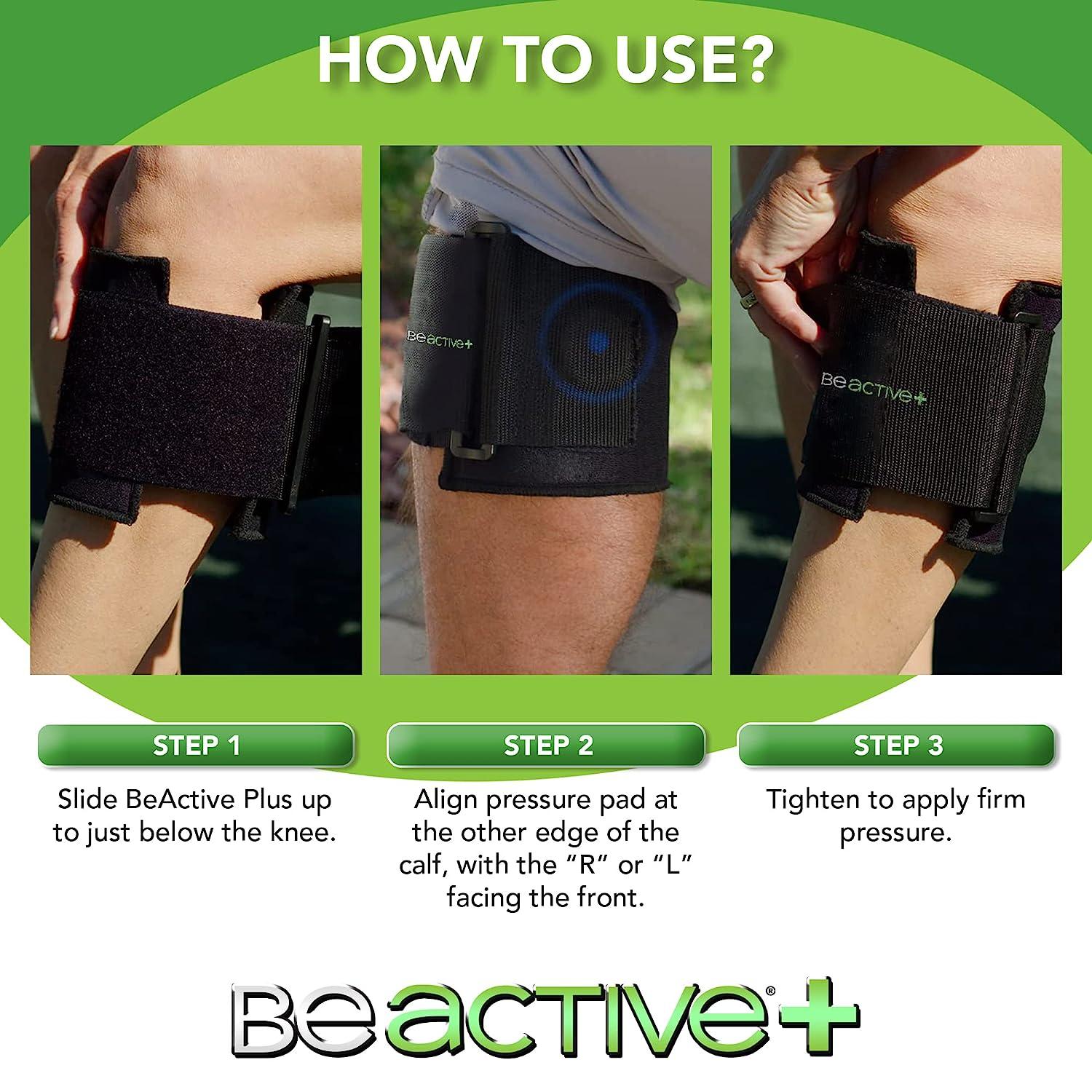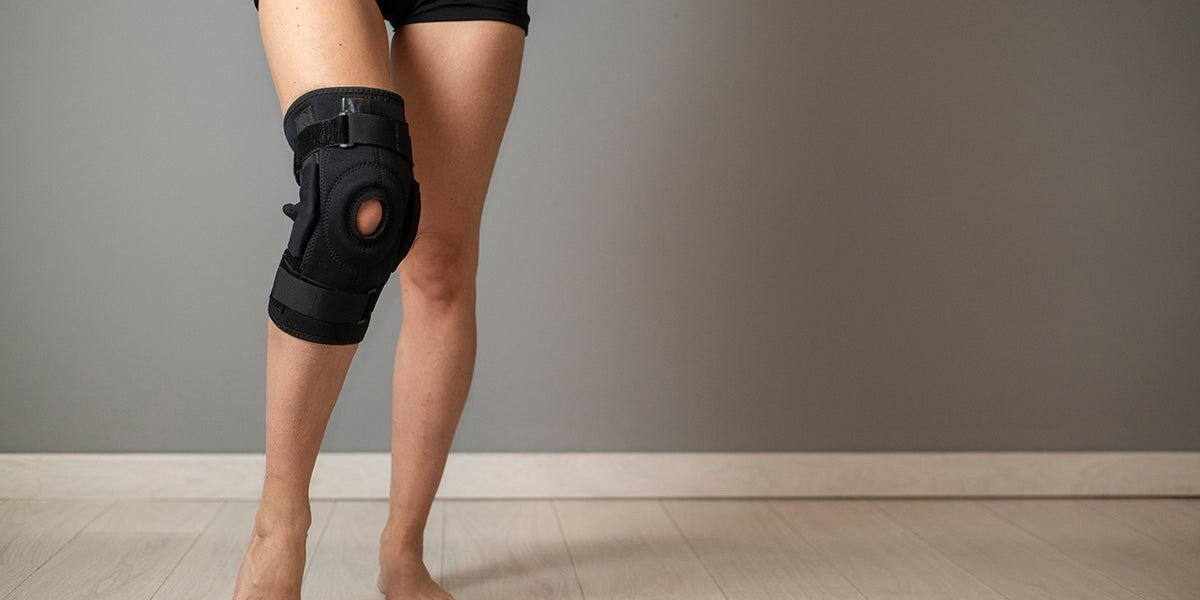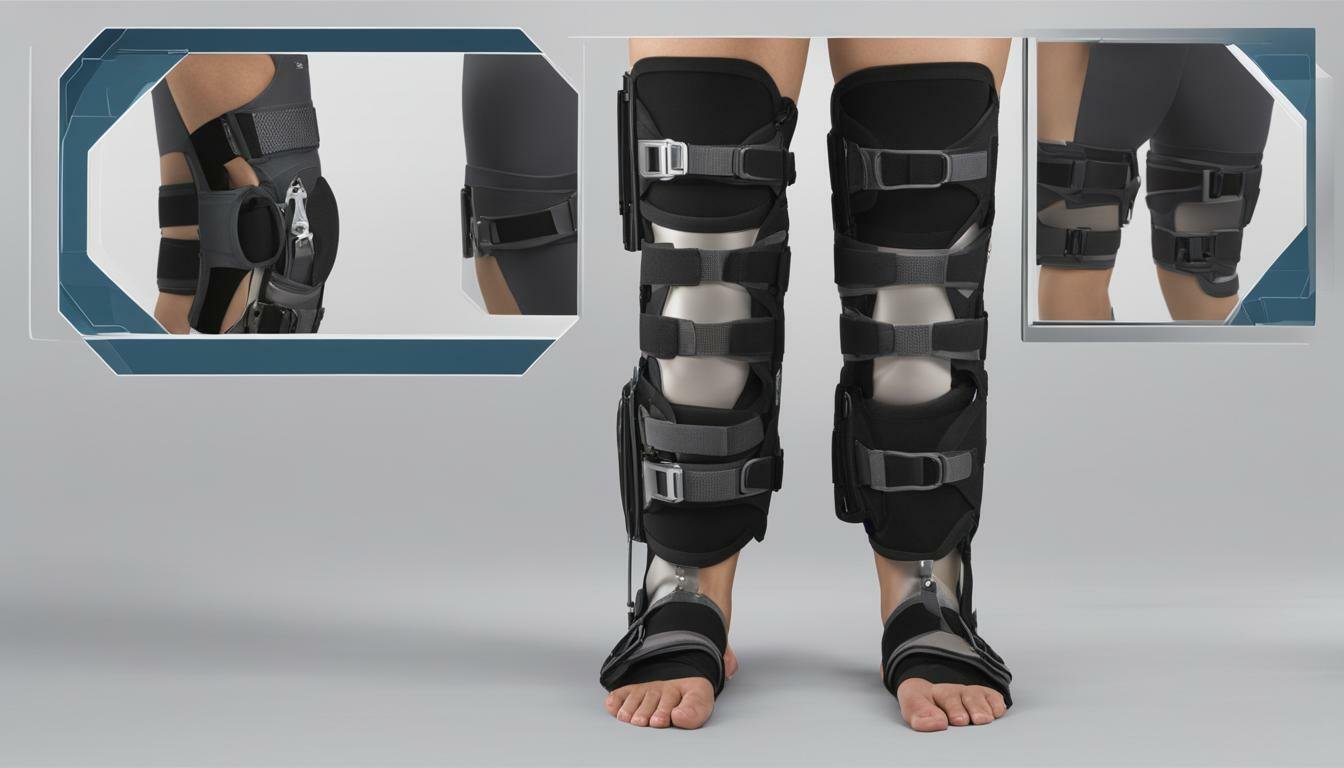Be Active Knee Brace How To Wear
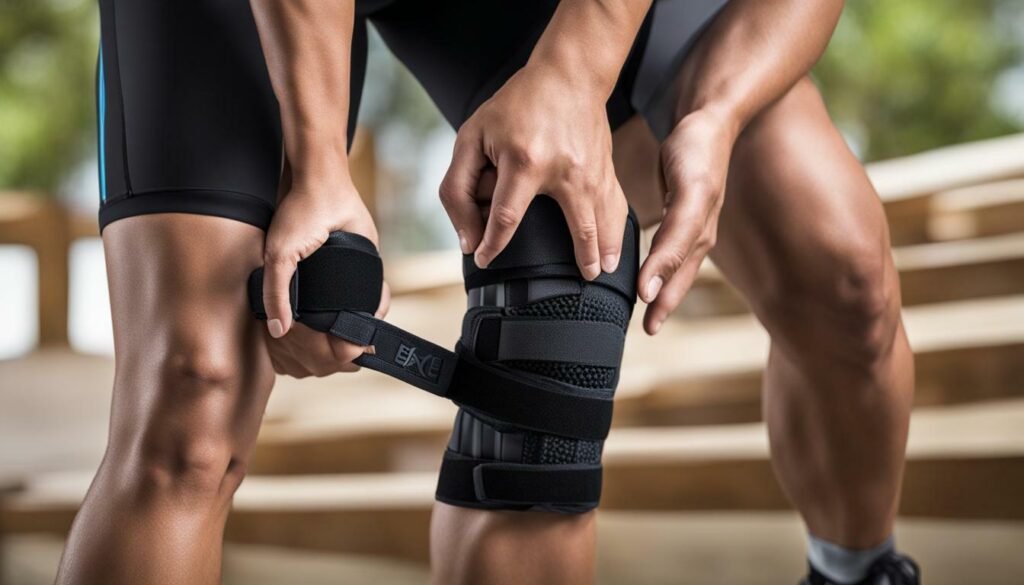
Knee pain, a ubiquitous ailment affecting millions globally, can significantly impair mobility and diminish quality of life. While numerous solutions exist, the Be Active Knee Brace has emerged as a popular non-invasive option for managing discomfort and improving joint stability. However, its effectiveness hinges critically on proper application and understanding of its function.
This article provides a comprehensive guide on how to correctly wear the Be Active Knee Brace, maximizing its potential benefits while minimizing the risk of complications. We will delve into the proper fitting techniques, usage guidelines, potential issues, and expert perspectives, ensuring readers are well-informed on how to utilize this assistive device effectively.
Understanding the Be Active Knee Brace
The Be Active Knee Brace is designed to provide support and stability to the knee joint, often used to alleviate pain associated with conditions like osteoarthritis, ligament injuries, and general knee instability. It works by compressing and stabilizing the knee, reducing stress on the joint and promoting proper alignment.
Its effectiveness is directly related to how well it fits and how consistently it's used. Improper use can not only render it ineffective but also potentially exacerbate existing conditions or create new problems.
Step-by-Step Guide to Wearing the Brace
Preparation is Key
Before applying the brace, ensure the skin around your knee is clean and dry. Avoid using lotions or oils, as these can cause the brace to slip.
If you have sensitive skin, consider wearing a thin, breathable sleeve underneath the brace to prevent irritation. This can also improve comfort during extended wear.
Positioning the Brace
Sit down with your leg extended but slightly bent. Locate the kneecap (patella); the brace should be centered around this area.
Ensure the hinges (if present) are aligned with the sides of your knee joint. Some braces have markings or indicators to assist with proper alignment.
Securing the Straps
Most Be Active Knee Braces use Velcro straps. Start by fastening the strap closest to your knee joint.
Tighten the strap until the brace feels snug but not restrictive. You should be able to comfortably bend your knee without significant resistance.
Continue fastening the remaining straps, working your way up or down the leg. Maintain consistent tension to ensure even support.
Testing the Fit
Once all straps are secured, stand up and walk around. Pay attention to how the brace feels as you move.
Ensure the brace doesn't slip or cause any pinching. If you experience discomfort, readjust the straps until you achieve a comfortable and supportive fit.
Common Mistakes to Avoid
One of the most common errors is overtightening the straps. This can restrict blood flow and cause skin irritation.
Conversely, loose straps provide inadequate support, negating the brace's intended benefits. Finding the right balance is crucial.
Another mistake is incorrect positioning. The brace must be centered on the kneecap and properly aligned with the joint axis to provide optimal support and prevent misalignment.
Expert Opinions and Recommendations
According to Dr. Emily Carter, an orthopedic surgeon at the American Academy of Orthopaedic Surgeons (AAOS), "Knee braces can be valuable tools in managing knee pain, but only when used correctly. Patients should consult with a healthcare professional to determine the appropriate type of brace and receive personalized fitting instructions."
"It’s important to remember that a knee brace is often just one component of a comprehensive treatment plan. Physical therapy, medication, and lifestyle modifications may also be necessary," adds Dr. Carter.
Physical therapists often emphasize the importance of proper brace selection. A brace that is too bulky or restrictive can hinder movement and potentially weaken the surrounding muscles.
Potential Issues and Troubleshooting
Skin irritation is a common concern with knee braces. Using a breathable liner and ensuring proper hygiene can help mitigate this issue.
If you experience pain or swelling after wearing the brace, remove it immediately and consult with a healthcare professional. This could indicate an underlying problem or improper fit.
Slippage can be addressed by tightening the straps or using a brace with a better grip. However, persistent slippage may indicate that the brace is the wrong size or style for your needs.
Maintenance and Care
Regularly clean your Be Active Knee Brace according to the manufacturer's instructions. This typically involves hand-washing with mild soap and water.
Allow the brace to air dry completely before wearing it again. This helps prevent the growth of bacteria and prolongs the life of the brace.
Inspect the straps and hinges (if present) regularly for signs of wear and tear. Replace the brace if any components are damaged or worn out.
The Future of Knee Braces
Advancements in materials and design are constantly improving the comfort and effectiveness of knee braces. Researchers are exploring new technologies, such as smart braces that can monitor joint movement and provide real-time feedback.
Personalized braces, tailored to the individual's anatomy and needs, are also becoming increasingly common. These custom-fitted braces offer superior support and comfort compared to off-the-shelf options.
Conclusion
The Be Active Knee Brace can be a valuable asset in managing knee pain and improving joint stability. However, its effectiveness hinges on proper usage and understanding. By following the steps outlined in this guide and consulting with healthcare professionals, individuals can maximize the benefits of this assistive device and regain a more active and pain-free lifestyle. Remember to prioritize comfort and safety, and always seek professional guidance when needed.
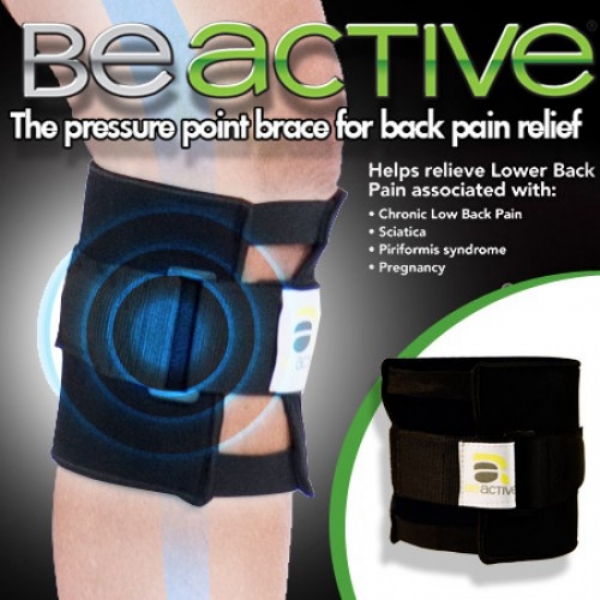
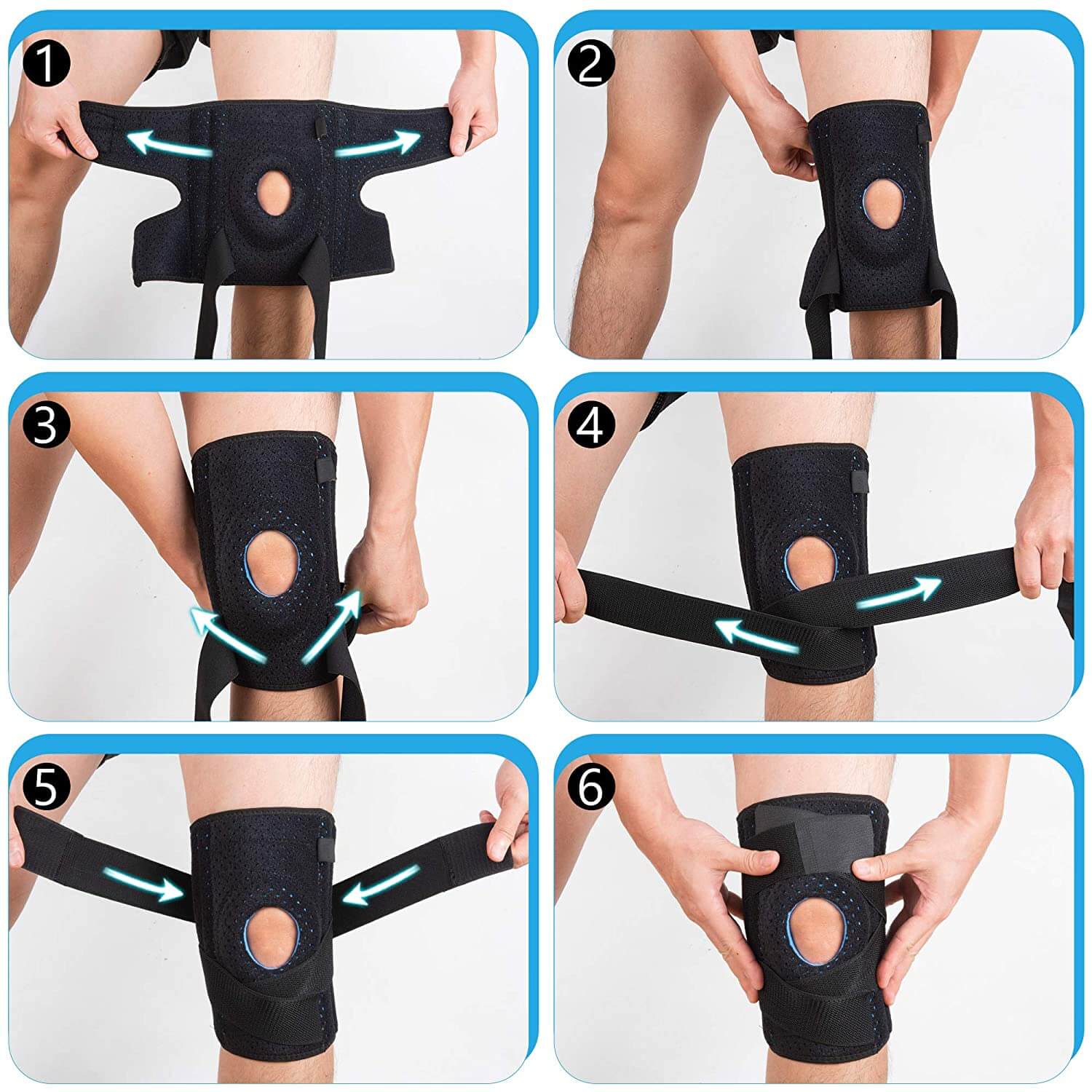
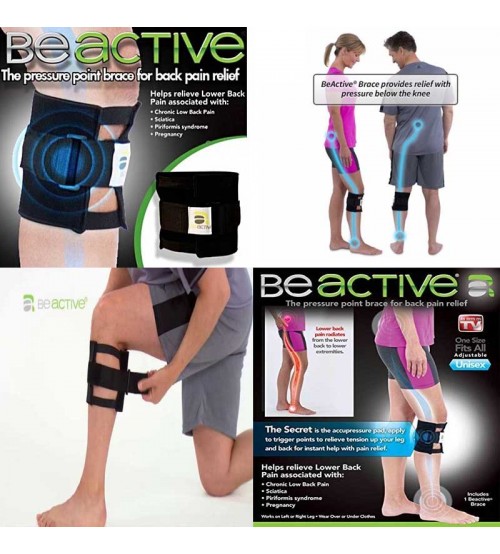
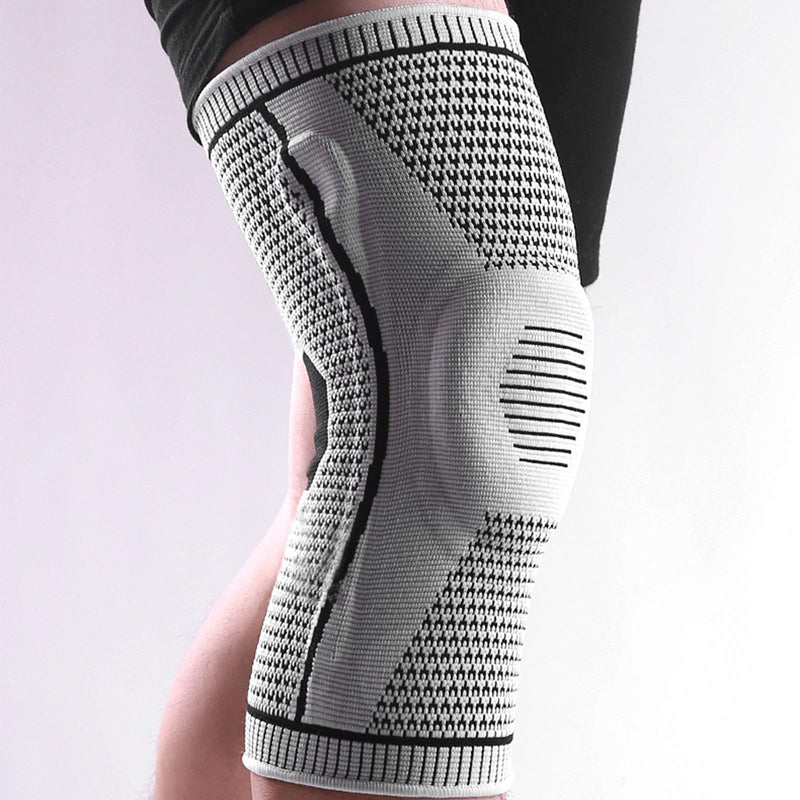

:max_bytes(150000):strip_icc()/146275121-56a6da135f9b58b7d0e51ce0.jpg)
